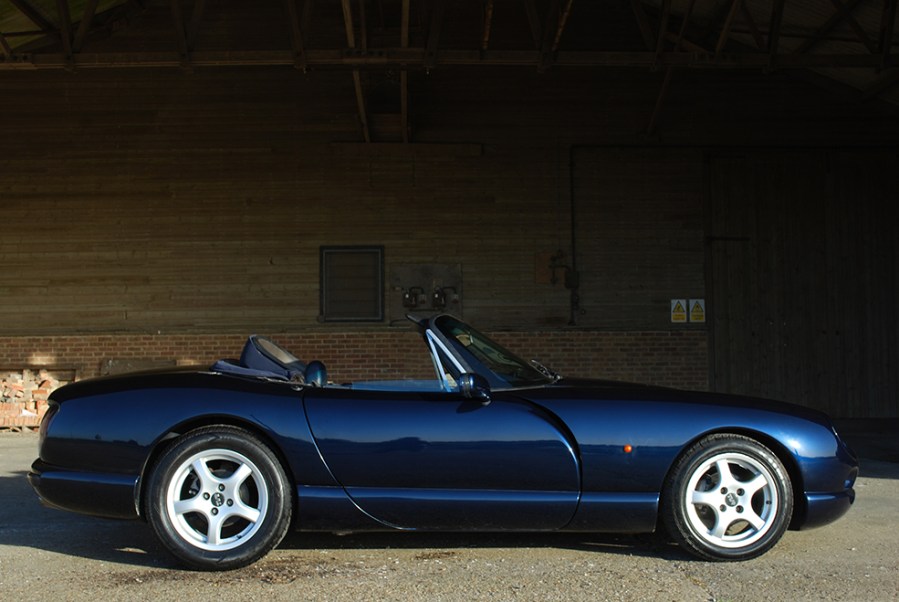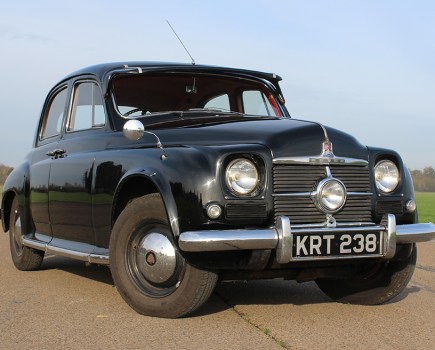The TVR Chimaera, a straight up bruiser, or the finely finessed Porsche 911? We try and choose between the two resurgent sports cars from the 1990s.
Both TVR and Porsche were enjoying somewhat of a resurgence during the 1990s. Now under the ownership of Peter Wheeler, product development at TVR had proper momentum by the turn of this decade. Meanwhile, over in Stuttgart, there was change afoot for Porsche. In 1993 there was a new CEO, Wendelin Wiedeking, who oversaw a revitalising product programme that centred around a new water-cooled 911 and its smaller sister car, the Boxster.
Today, the resulting Chimaera and 911 offer an excellent balance of sporting values behind each marque with the added refinements which reduce the compromises often associated with classic sports cars. But which should you choose?

Porsche 996 911
Just as they had in years gone by, with the introduction of fuel injection and power steering for example, the Porsche die-hards scorned the modern design and water-cooling of the 996 generation Porsche 911. It may have lost a little of the traditional air-cooled charisma, but there was otherwise a vast array of significant improvements made over the previous 993 generation.
The new shape offered a drag coefficient of 0.30, down 0.03, and much improved packaging which accommodated passengers more comfortably while balancing weight distribution slightly better at 39 percent front and 61 percent rear (from a previous 37:63). The whole interior was designed afresh, maintaining a Porsche identity but offering ergonomics that owners of previous models could only dream of.
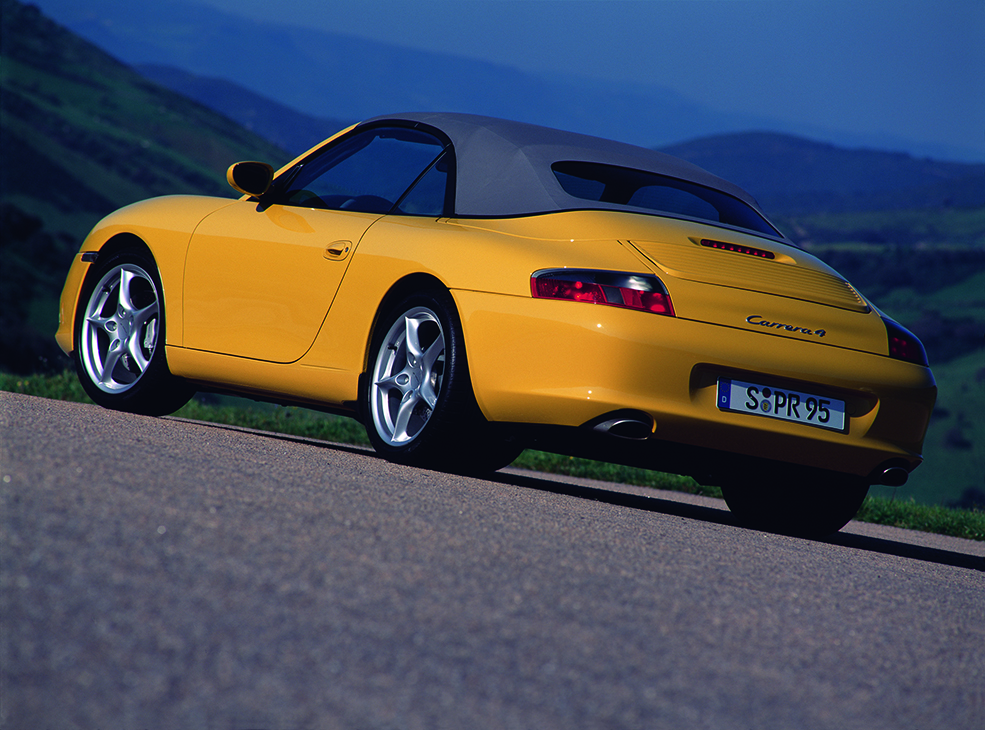
Dynamically, the 996 was superbly balanced. Gone were the vices of the 911s of old, instead replaced with a sharp front end that didn’t follow with a wayward rear axle. This was thanks in part to multi-link rear suspension on an alloy subframe that had already been seen in the 993, as well as the fine-tuning Porsche was famous for.
The keen driver could spin the 24-valve flat-six up to 6800rpm for its peak power of 296bhp, reach 60mph in 4.6 seconds, go onto 173mph, then scrub it all off again with seemingly infallible anchors; ventilated discs of 318mm diameter at the front and 299mm at the rear. In between times, there’s beautifully poised handling with a hint of understeer before a broad plane of neutrality and a finally a touch of oversteer at the extreme limit.
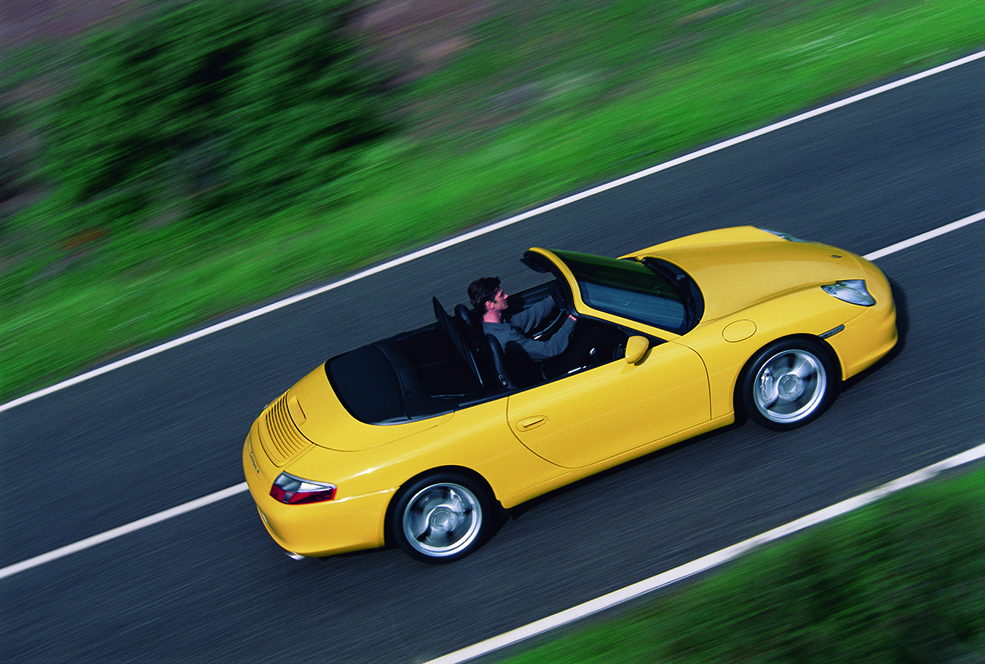
A facelift in 2001 was most obviously identified with headlights already seen on the 911 Turbo, but there were some more subtle changes too. New front and rear bumpers, side skirts, and lighter alloy wheels also made an appearance, while underneath the 3.4-litre engine was stroked to 3.6 litres as well as gaining the latest Variocam Plus technology. Power was now 320bhp, but there was more; the engine refinements brought an additional bark to the exhaust note, and slight tweaks to the chassis further improved the handling.
These changes also applied across a range that was more than just the Carrera. There was a convertible available from launch, an all-wheel-drive model in 1999 under the already familiar Carrera 4 nameplate, and a Targa in 2001. Like the 993 generation, the Targa was a fixed head coupe with a full-length glass roof based on the convertible body.
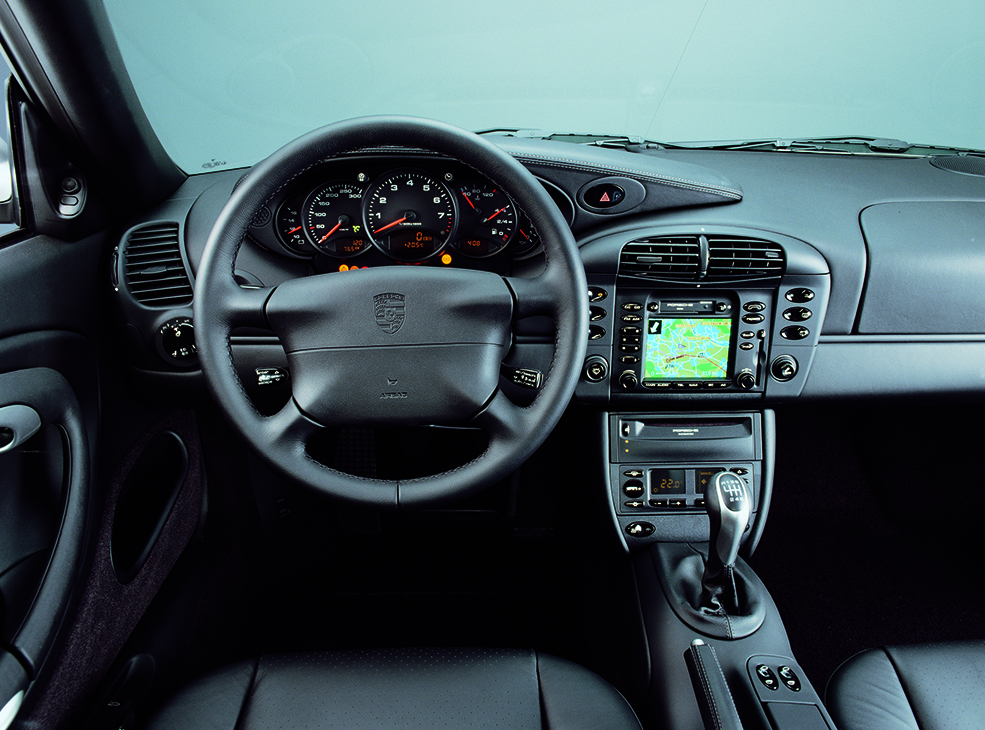
Prices between all these variants seems to be marginal at best, but there are some stand-outs. The Carrera 4S, which featured the attractive wide-body of the Turbo and full-width rear reflector evocative of past 911s, is one of the most desirable models today, often commanding a good £5000 premium or more.
The whole range of the 996 can be sensitive to specification, with things like sports seats (although the standard ones are arguably more comfortable), limited-slip differentials and the 030 sports suspension option usually desirable enough to make headlines of adverts. Colour can also make a big difference. This is part of the reason why a carefully spec’d Carrera 4S can be £25,000 and a plain early Carrera as little as £10,000. Both are great cars.
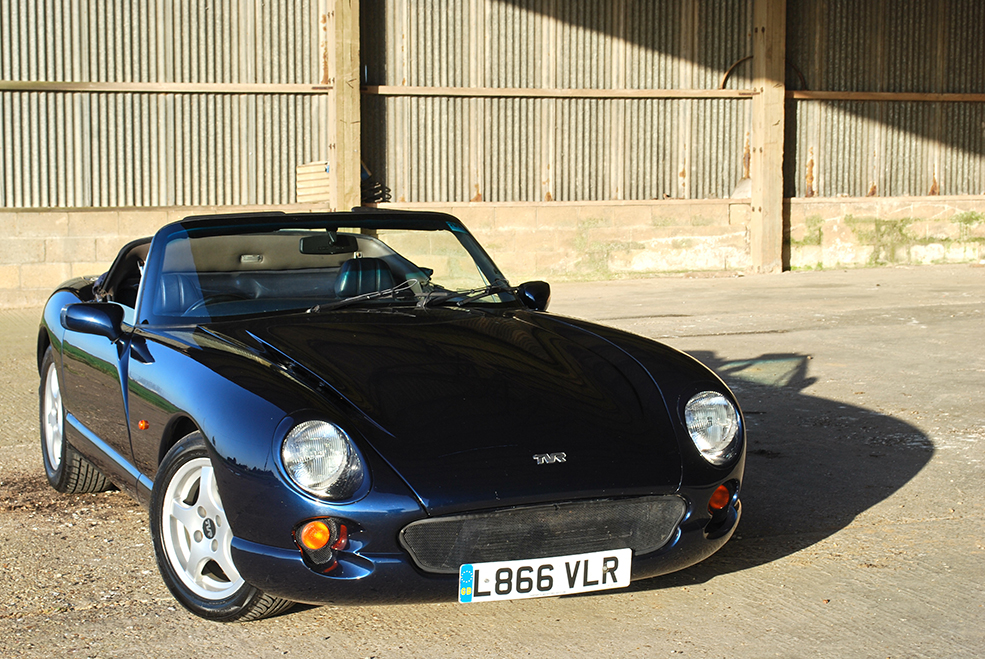
TVR Chimaera
Not much was changed mechanically from the Griffith to make the TVR Chimaera, but this was no bad thing. The same engines were available, five options that ranged from a 240bhp 4-litre V8 to a full fat 5-litre 340bhp V8. Unlike the more focussed Griffith, most were ordered with the lower output engines but were still by no means slow. A sprint to 60mph would take 5.1 seconds in the base 4-litre, or 4.7 seconds with the High Compression version of that engine, tending towards 4 seconds as power went up. Top speed would climb from 152mph to 175mph through the range.
The earliest cars had a choice of just standard 4-litre and 4.3-litre options, with the others joining the range later. A five-speed gearbox from Rover delivered the power to the rear wheels via an open differential. The torque figures were impressive, the base 4-litre offering 20ft.lb more than the Porsche 911’s 3.4-litre six, but no matter the option in the TVR range, the tachometer could soar to the rev-limiter beyond 6000rpm with proper verve. The powertrain really is one of the most attractive features of the Chimaera.
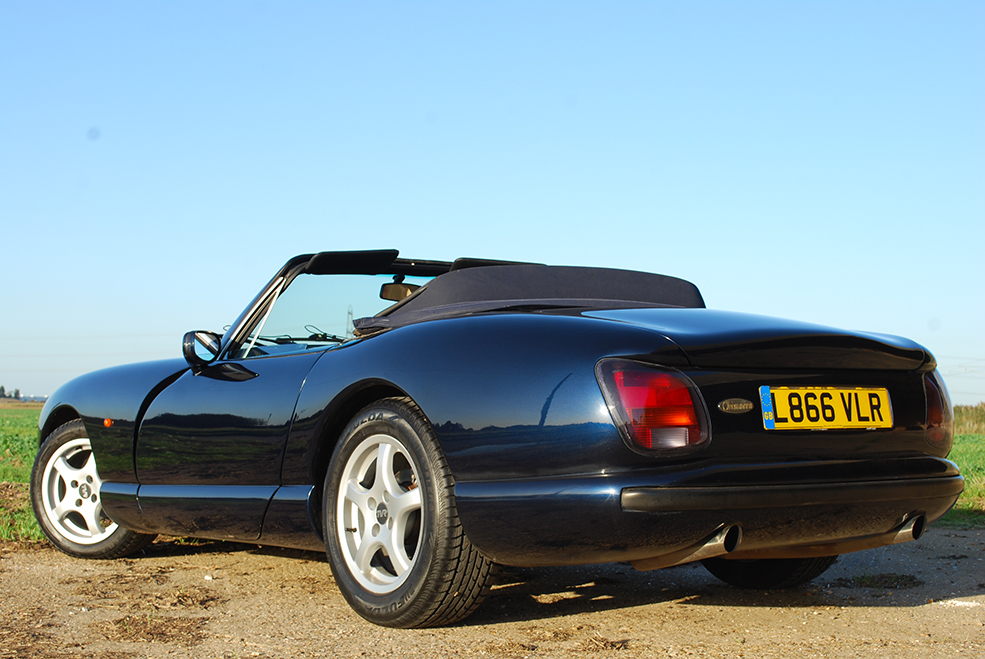
It followed up with well-weighted, communicative steering and an about-the-driver’s-seat chassis feel that appealed to those who, on their way to the golf club, still fancied a good B-road blast. Despite the added practicalities of the Chimaera and softer springs than the Griffith, it was still an exhilarating challenge to drive. The handling was tactile and sharp, though best to be approached with more caution than the Porsche’s.
Indeed, the Chimaera is, in many ways, inferior to the 911 dynamically. It’s not just the missing layer of finesse over challenging road surfaces, the lack of ABS, or the slick precision of the gearchange. There is just that little bit less polish to the way the Chimaera does things when compared with the Porsche, but it’s somehow difficult to remember this when behind the wheel of the TVR.
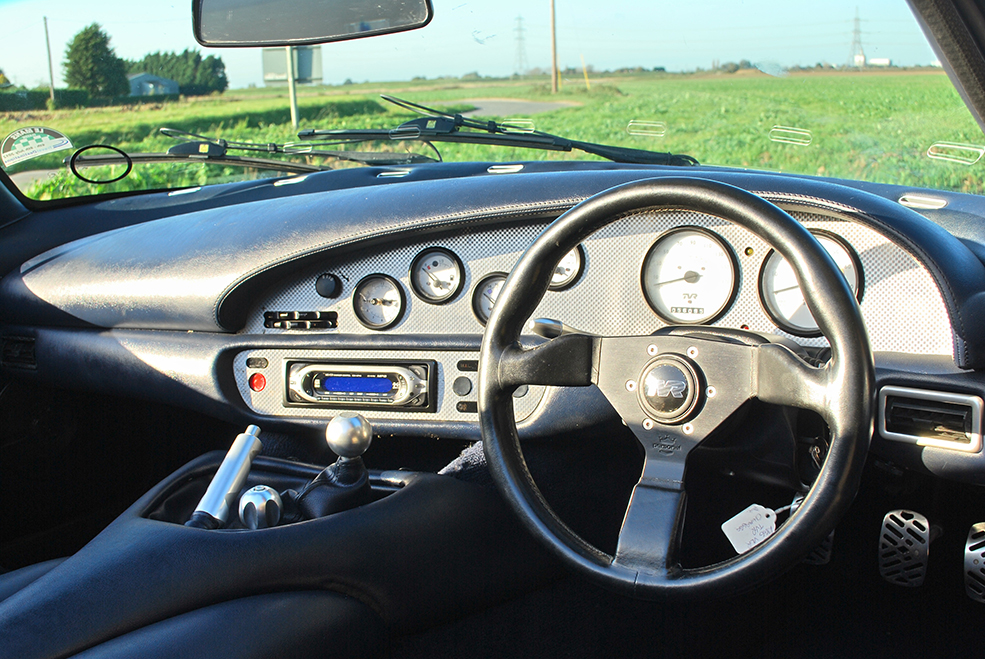
Where the British car hits back is in design, and it hits back hard. Where the Porsche was probably the sharper choice back in 1998, today it’s the TVR that offers the drama that most will be looking for in a sporty classic. The Chimaera’s long bodyshell is curved just so and its lines free from messy interruptions such as door handles or even number plate lights (it’s illuminated from behind).
Inside, the expected leather and wood trim has been painted around the cabin in an elegant and avantgarde fashion such that it really makes an event of stepping inside. It cocoons more than the Porsche 911 and would be far more frustrating to live with on a daily basis, but for a day out this special environment is more inviting. What’s more, many of the materials used in the TVR put the Porsche’s relatively austere, plasticky interior to shame.
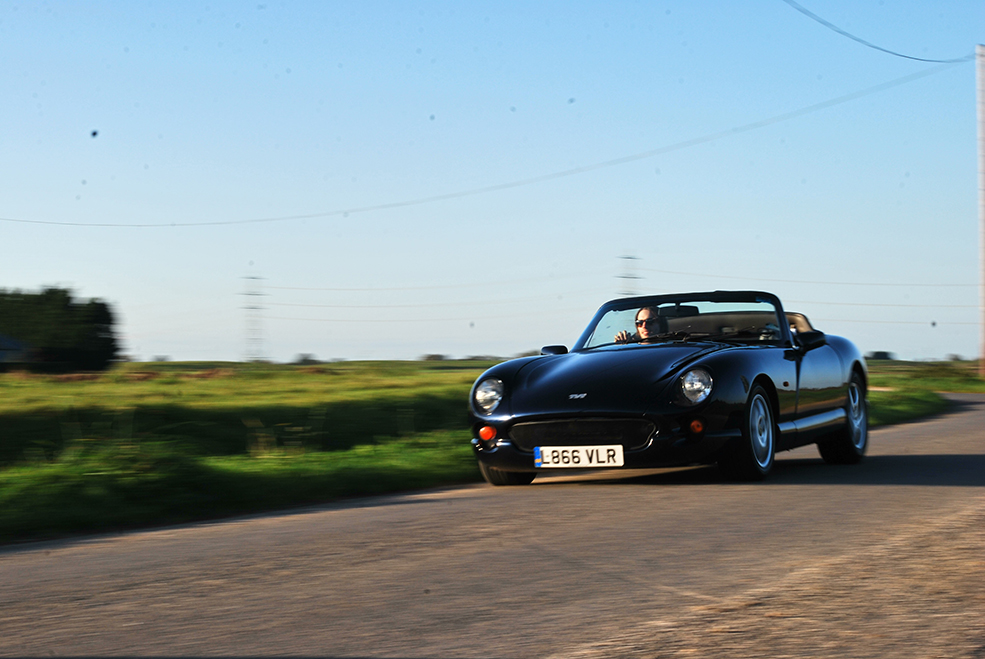
The Chimaera market is quite broad, from £10,000 to £25,000, and inevitably the very best are the rarest 5-litre 500 models, while the well-used ones are the more common 4-litre Chimaeras. That said, prices are led mostly by condition and colour rather than just engine specification. A nice 4-litre HC example can be as much as £18,000 for example, while a purple over white Chimaera 500 could take less than £15,000.

Conclusions
The Porsche 996 911 is a seriously accomplished sports car. We’ve already observed the climbing of Carrera 4S convertible values up to heights challenging the supercar-challenging 911 Turbo, and we can understand why. The combination of wide-body 911 looks with 996 refinements and performance is compelling. Then again, perhaps there’s more value now in a simple £10,000 Carrera.
The TVR Chimaera on the other hand is arguably less car. It may be practical for a TVR but it is noticeably compromised against the 911. But, and it’s a big one, it’s the car that is most likely to build anticipation and deliver full-bored excitement on a weekend blast with the roof down. The compromises are ones you could live with – there is still a good boot, a civilised roof, and even a supple ride. Crucially, the TVR Chimaera delivers on the sports car goods in spades.
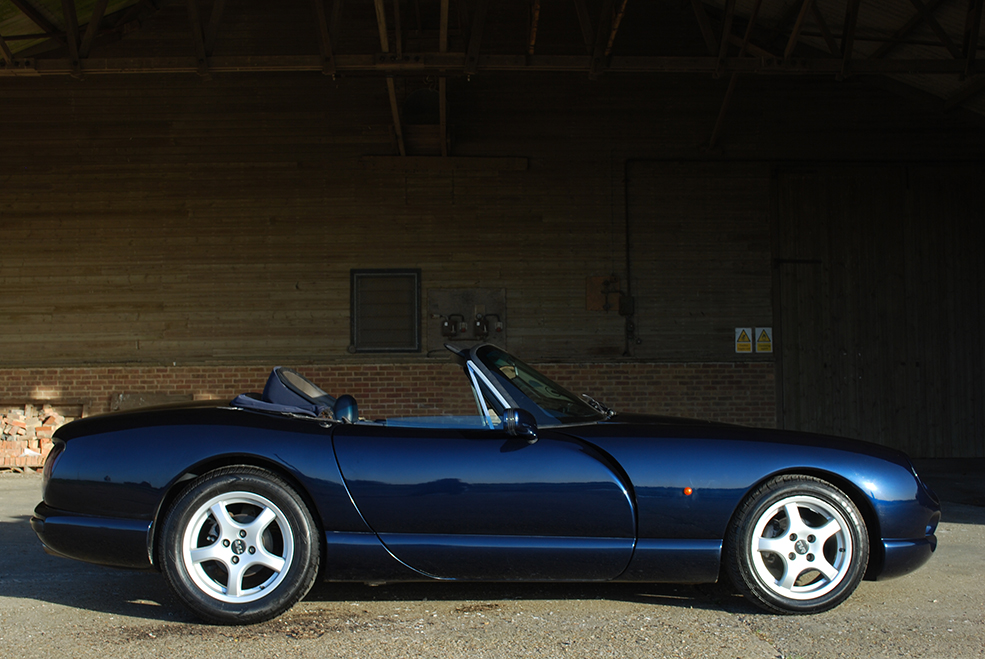
The investment position is tricky. The Porsche will cost you with parts prices but could be less complicated to own than the maintenance-heavy TVR. Buy well and either one could be a winner.

